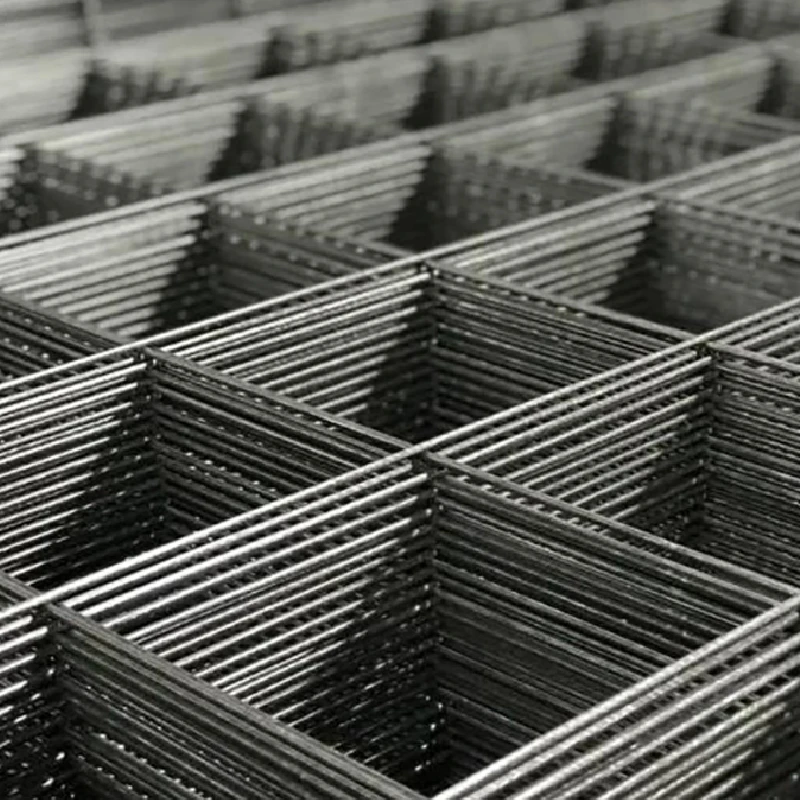Dec . 12, 2024 09:41 Back to list
safety grating walkway
Safety Grating Walkways Ensuring Secure Passage in Industrial Environments
In the realm of industrial safety, the design and implementation of walkways are critical to protecting workers and ensuring efficient operations. Safety grating walkways have emerged as a vital component in various settings, including factories, warehouses, and outdoor environments. This article explores the importance of safety grating walkways, their design features, benefits, and the considerations for their implementation.
Importance of Safety Grating Walkways
Safety grating walkways serve multiple functions in industrial settings. Primarily, they provide a secure passage for workers, minimizing the risk of slips and falls. Given that workplace accidents are a leading cause of injuries, having a reliable walkway can significantly reduce incident rates. Moreover, these walkways often facilitate the safe movement of machinery and equipment, further enhancing operational efficiency.
Additionally, safety grating walkways promote compliance with occupational health and safety regulations. Many industries are subject to stringent safety standards, and the use of appropriate grating materials is often mandated. By integrating safety grating walkways into their facilities, companies not only protect their workforce but also adhere to legal requirements, thereby avoiding costly fines and potential litigation.
Design Features
Safety grating walkways are designed with specific features that enhance their performance in demanding environments. One of the most notable characteristics is their slip-resistant surface. Often constructed from materials such as fiberglass, aluminum, or steel, these walkways are engineered to provide traction, even in wet or oily conditions. The grating pattern, which can vary in spacing and design, further contributes to this slip-resistant quality.
Another important design aspect is load-bearing capacity. Safety grating walkways must be able to withstand the weight of workers and equipment, and are often designed to accommodate heavy traffic. Structural integrity is paramount, and the materials used must be durable and resistant to corrosion, chemicals, and extreme temperatures. This ensures longevity and reliability, reducing the need for frequent repairs or replacements.
Moreover, safety grating walkways can be customized to fit specific applications. Whether it's for a manufacturing plant, a chemical facility, or an outdoor environment, the grating can be designed to meet unique requirements, including height, width, and spacing. This versatility allows businesses to create safe pathways tailored to their operational needs.
safety grating walkway

Benefits of Safety Grating Walkways
The implementation of safety grating walkways offers numerous benefits. First and foremost, they enhance worker safety, which is the most critical consideration for any organization. A safer working environment leads to higher employee morale and productivity, as workers feel secure in their surroundings.
Furthermore, safety grating walkways can simplify maintenance tasks. In many industrial applications, access to machinery and headers is necessary for routine inspections and repairs. Grating walkways provide easy access without the need for extensive ladders or scaffolding, thus streamlining maintenance processes.
Another advantage is their cost-effectiveness. While the initial investment in safety grating walkways may appear significant, the reduction in accidents and injuries can lead to substantial savings in workers' compensation claims, insurance premiums, and employee downtime. Over time, the financial benefits often outweigh the upfront costs.
Considerations for Implementation
When implementing safety grating walkways, several factors must be taken into account. Conducting a thorough risk assessment is crucial to identify areas where grating walkways can enhance safety. Engaging in consultation with safety professionals and engineers can help ensure that the design and materials used are appropriate for the specific environment.
Additionally, ongoing maintenance and inspection of the walkways are essential for long-term safety. Regular checks for wear, damage, or corrosion will help identify potential hazards before they become serious issues. Training employees on the safe use of these walkways is also critical, as it fosters a culture of safety within the organization.
Conclusion
In conclusion, safety grating walkways play a pivotal role in enhancing safety in various industrial settings. With their slip-resistant surfaces, durable materials, and customizable designs, these walkways provide secure passage for workers and equipment alike. By prioritizing the implementation of safety grating walkways, companies can reduce the risk of accidents, ensure compliance with safety regulations, and foster a culture of safety that ultimately contributes to their success. As industries continue to evolve, the importance of such safety measures will remain paramount in protecting the backbone of any organization—their workforce.
-
Reinforcing Mesh: Core Material of the Construction Industry
NewsJul.07,2025
-
Welded Wire Fabric Reinvented for Modern Projects
NewsJul.04,2025
-
Superiority of Stainless Steel Woven Mesh
NewsJul.04,2025
-
Key Types of Razor Wire and Their Applications
NewsJul.04,2025
-
Durable Metal Fence Types for Security
NewsJul.04,2025
-
Best Materials for Livestock Fence
NewsJul.04,2025
products.







